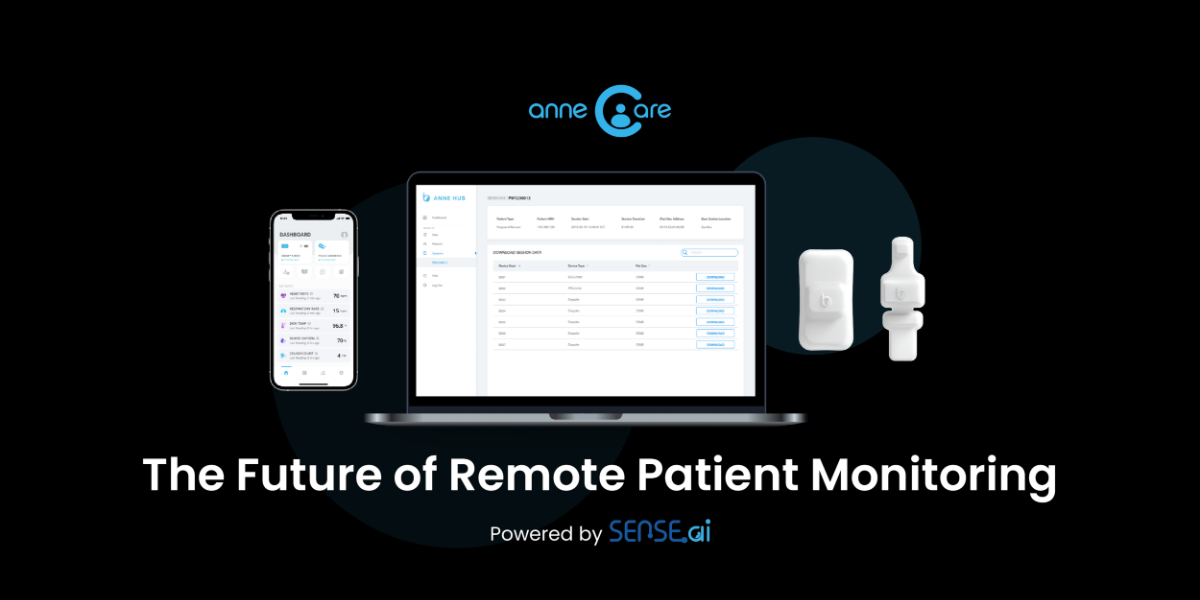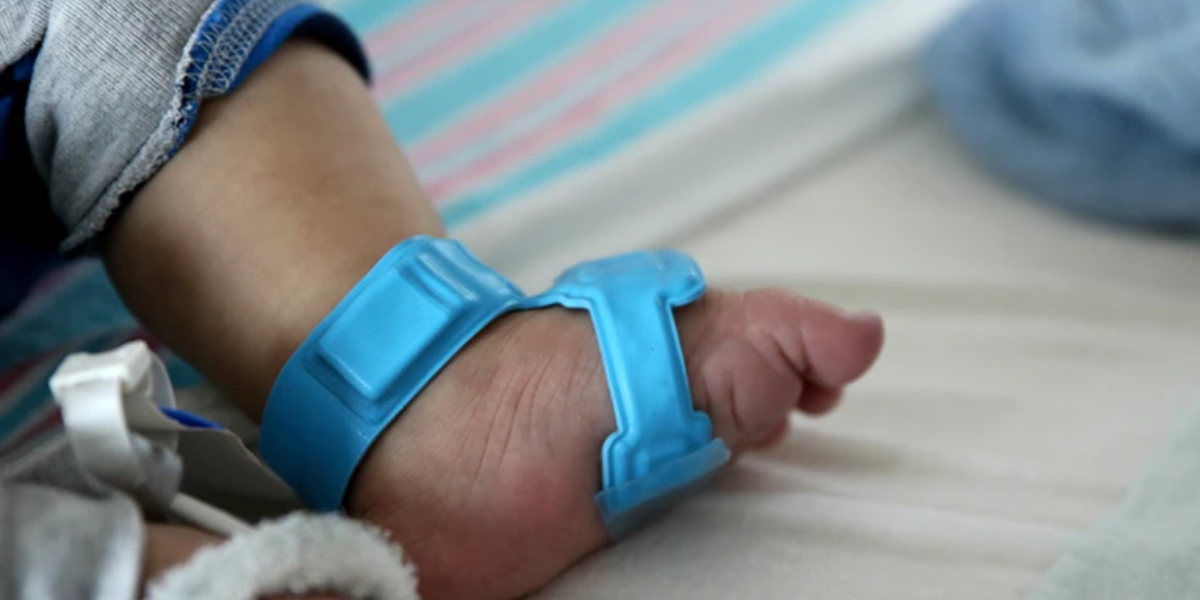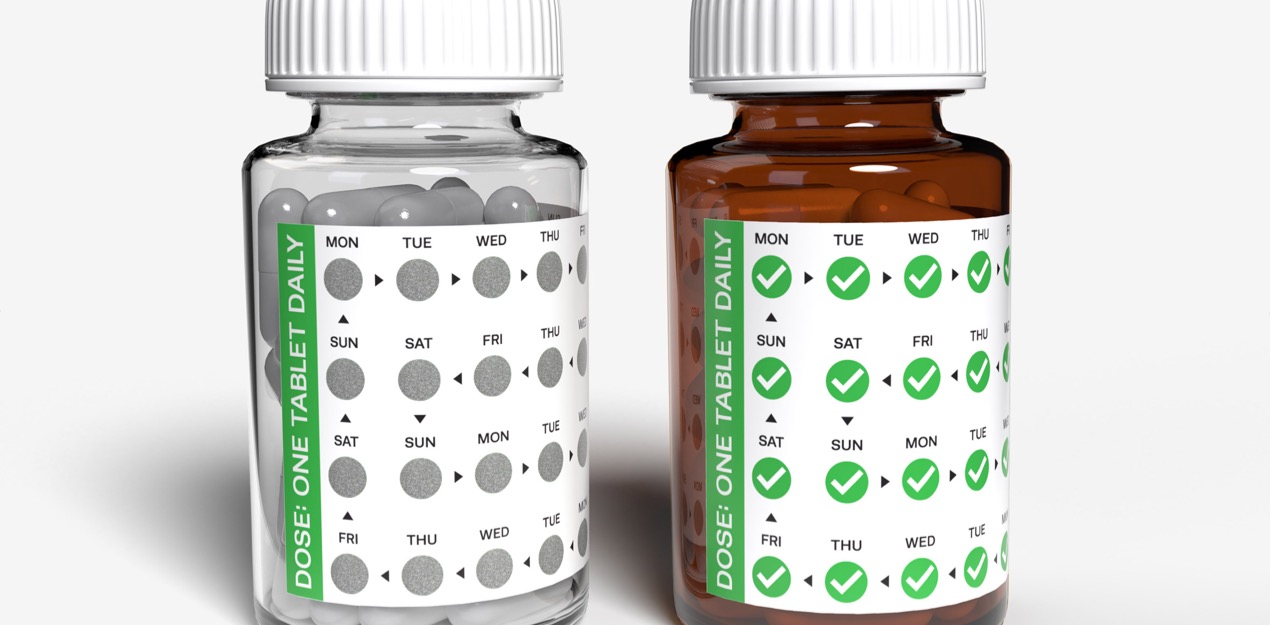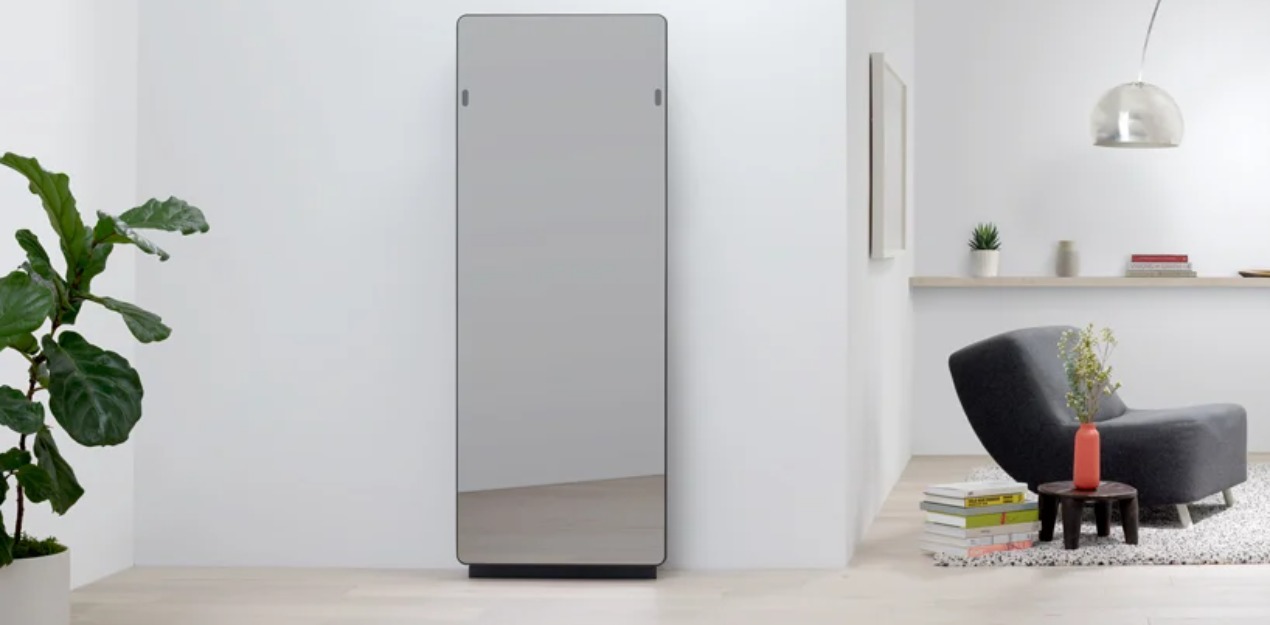AWARD YEAR
2023
CATEGORY
Body
GOALS
Good Health & Well-being
KEYWORDS
healthcare, wireless technology, premature babies
COUNTRY
United States of America
DESIGNED BY
Shuai Xu and Professor John Rogers
WEBSITE
https://www.sibelhealth.com/anne-care
ANNE Care by Sibel Health
Remote technology for monitoring premature babies
How does it work?
The sensors, which monitor vital signs such as heart rate, blood oxygenation and blood pressure, are small enough to stick to the fragile skin of a premature baby. With a device enclosed in a silicone form that can stretch and bend easily, it is possible to monitor the pulse, temperature, blood pressure, glucose levels and weight.
Power can be supplied either by a tiny battery or wirelessly through an attached antenna. A second, similar sensor can wrap around the baby’s ankle and attach to their foot or be stuck to the bottom of the foot.
The system could also monitor innovative biomarkers, such as crying patterns, which accelerometers in the sensors can measure. Patterns of crying can indicate a baby’s pain level or information about their neurological development. All the information the sensors collect is stored, allowing researchers to try to develop predictive algorithms for vital signs.
Why is it needed?
The primary motivation behind creating these sensors was to develop a monitoring device that can attach to a premature infant without the adhesive customarily used to stick leads to the skin. Unfortunately, these adhesives are too aggressive to sensitive skin, and when a premature baby is born they're essentially born without mature skin; any perturbation of that skin will cause injury leading to infection and even death.
How does it improve life?
The sensors could be prevalent in low- and middle-income countries that cannot afford expensive monitoring equipment because healthcare institutions can use them with smartphones. That can reduce the monitoring cost from US$60 to less than $0.10 daily. Shah hopes the company will be successful because its technology has the potential to allow families to have invaluable interaction with premature infants in a way that the most sophisticated current medical equipment does not.






